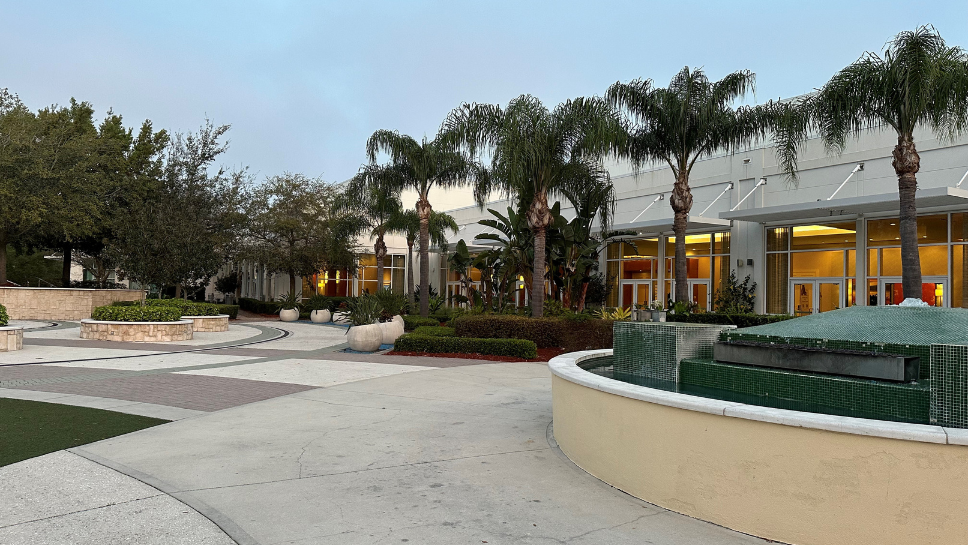
Medical and scientific conferences are an essential part of the work clinicians and researchers do. At least once a year, they come together for several days to share research updates, medical news, and the challenges they face in their investigations. Conferences represent the power of collaboration and highlight the need for teamwork to achieve results. Whether that’s a team in a university, or a team of researchers, clinicians, or other stakeholders from across the UK or the world.
This conference was a great example of collaboration. It featured a lineup of fantastic professionals who talked about current work and future aims in developing treatments for various muscle wasting conditions. These include Duchenne and Becker muscular dystrophies, spinal muscular atrophy, limb-girdle muscular dystrophy, myotonic dystrophy, Facioscapulohumeral muscular dystrophy, as well as myotubular myopathy, neuropathies, such as Charcot Marie Tooth disease.
The research cycle: from bench to bedside and back
We heard from researchers and clinicians giving updates on their work at various stages of research.
These stages include basic research, often known as abstract, as it involves studying processes in our cells without which basic bodily tasks wouldn’t work. The very beginning of gene therapy development stage when potential therapies are first designed and tested in a petri dish, from which investigations progress to either a pre-clinical research or animal testing stage. From there, human clinical trials can start. This process, known as 'bench to bedside,' involves many people working together throughout each stage. However, this isn’t where the research stops. All treatments and medications come with side-effects. Sometimes these are mild, but they can be more severe. In these cases, researchers go back to basic laboratory work to find out why and how these side-effects are happening, and whether the treatment can be improved to avoid them. This cycle is what creates safe progress towards effective treatments.
It was very informative to listen to researchers and clinicians at the conference presenting their work as part of this research cycle. The sessions that stayed with me most involved the gene therapy stage, in the development of gene therapy for an ultra-rare condition called X-linked myotubular myopathy (XL-MTM).
Progress in gene therapy for XL-MTM
At the conference, researchers highlighted progress in gene therapies for various conditions, including Duchenne muscular dystrophy, spinal muscular atrophy, X-linked myotubular myopathy (XL-MTM), Pompe disease amongst others.
As mentioned above, we were shown how gene therapy for XL-MTM was designed, developed, and tested in mouse models of XL-MTM. Then, have shown really promising results, was taken further to testing on dogs − these dogs were, like humans, naturally born with XL-MTM. They found that the therapy significantly prolonged the dogs’ lives. These positive signs allowed this treatment to be brought forward to clinical trials. However, some individuals with XL-MTM have experienced liver problems, which has impacted on the progress of the clinical trials.
We recently teamed up with the Myotubular Trust to fund Professor James Dowling’s research at the SickKids hospital in Toronto, Canada. He spoke at the conference about the work he is doing, looking into the causes of the liver conditions in people with XL-MTM.
Hope for a brighter future
It was a privilege to be part of this conference and to hear first-hand about the groundbreaking research that’s ongoing around the world. It was also great to hear that newborn screening is including more conditions in different countries, which will help children start treatment as early as possible. In the UK, a pilot newborn screening programme for spinal muscular atrophy is in progress, with the hope to include more conditions such as Duchenne muscular dystrophy in the future.
It was amazing to see how many potential new treatments are in the works for various muscle wasting conditions. Some are still awaiting approval from regulatory authorities, but there are some positive signs for the future.
We thank Roche for their support and sponsorship that enabled us to attend the MDA conference.
